The two main selling points at Smangus are the 'giant trees' and 'peaches'. Peaches are a highly sought-after fruit that is harvested only once a year, and many tourists flock to the mountains year after year in seek of peaches. In addition to the naturally well-resourced environment, much behind-the-scenes hard work goes into the big juicy sweet peaches.
- Peach varieties at Smangus: early and late Golden Peach.
- Harvests only once a year, require great attention and are extremely wary of typhoons.
- Almost every household grew peaches before the tourism industry was developed in Smangus. Since the tourism industry became the main income, the planted area has downsized to 4 orchards with roughly 700 peach trees, requiring 70,000 bags each year.
- A healthy peach tree can yield about 400 to 500 peaches per tree per season, and an older fruit tree about 100.
- 15 to 20 years old peach trees are preferred. The trees in the area we visited are all above 15 years old, and they will be chopped down at the end of this season to give the land a rest, and we will plant new peach trees on other plots.

- Pipe structure: If the twigs drop down, the peaches will not grow well, in turn affecting the sweetness, so all orchards have crisscrossing pipe structures to support the twigs.
- When the peaches are too sweet, they will crack, so cracked fruits tend to be sweeter. Fruits eaten by squirrels and nocturnal moths are also very sweet.

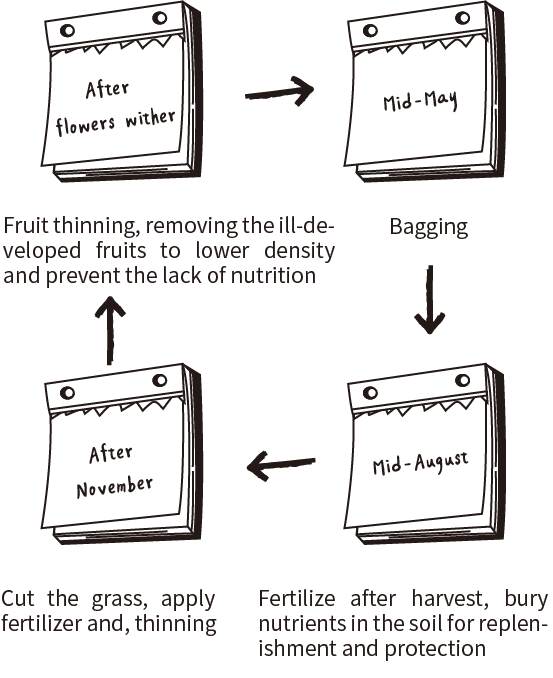


- Timing: Traps are set after bagging the peaches mid-May, two inspection rounds are made each day during the early morning and evening.
- Captured animals: Formosan Striped Squirrel, Red-bellied Tree Squirrel, rat.
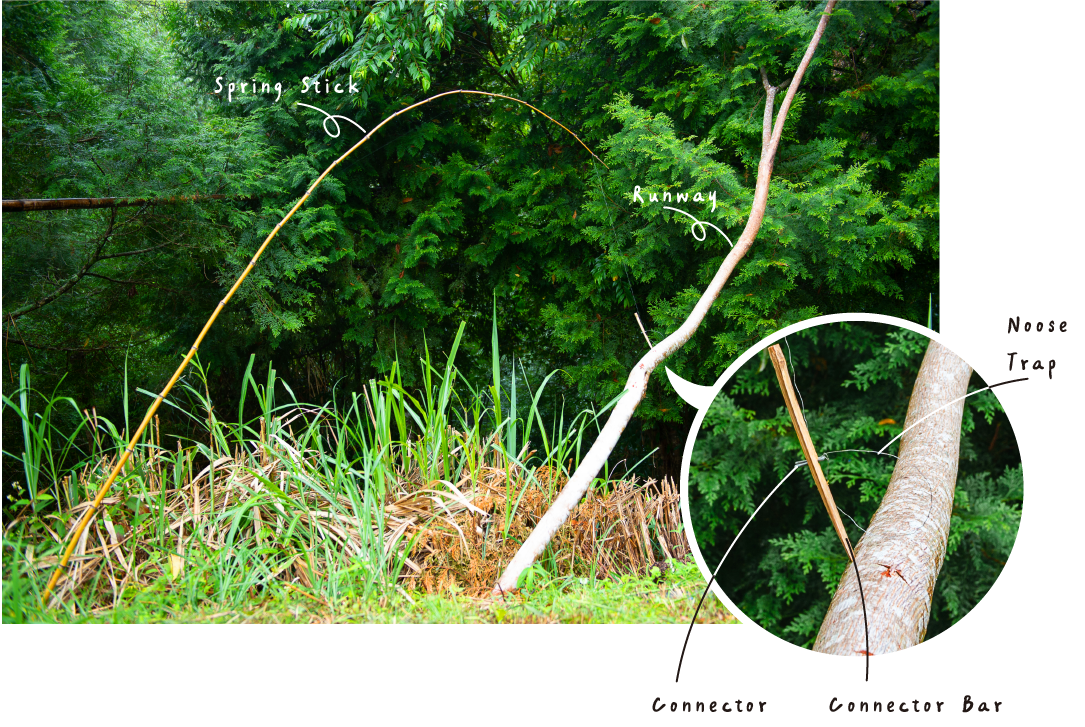
Runway: Wood or bamboo as highway for animals.
Spring Stick: Thin stripe of Makino Bamboo.
Noose Trap: Thin steel wire, used to be ramie thread or thin vines in the past. The hooped trap is 5-8 cm in diameter, roughly the size of a rat's head. The hooped trap must be at a distance from the runway, roughly the height of the animal's head when traveling at speed.
Connector: Making pri (the connector) with iron wire.
Connector Bar: Sharpened wood stick (tenon) inserted in the crevice of the runway.
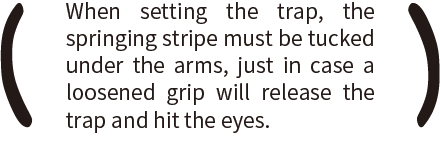
The number of animals caught each year is different, if the fruits in the mountains grow very well, squirrels tend not to come down to eat the peaches. There is not a fixed number of traps set, the traps are usually set among trees (squirrels also travel on the ground, but they prefer traveling via twigs and branches).

During the peach harvest season, we must report to the orchard every night from 9 to 11 o'clock (when the nocturnal moth is most active). Peaches that have been eaten by the nocturnal moth will rot and cannot be sold, so we must prevent the nocturnal moth invasion. With all 4 orchards together at Smangus, we can catch an average of 20 plus nocturnal moths per night, so if we're not careful, it could be hundreds of peaches at stake.
- Types of nocturnal moths: Tropical Fruit-Piercing Moth, Cotton Leafworm, small nocturnal moths.
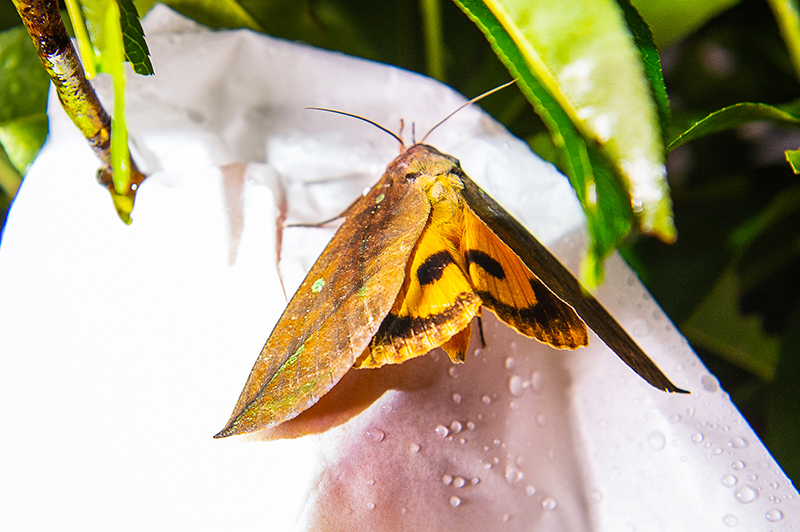
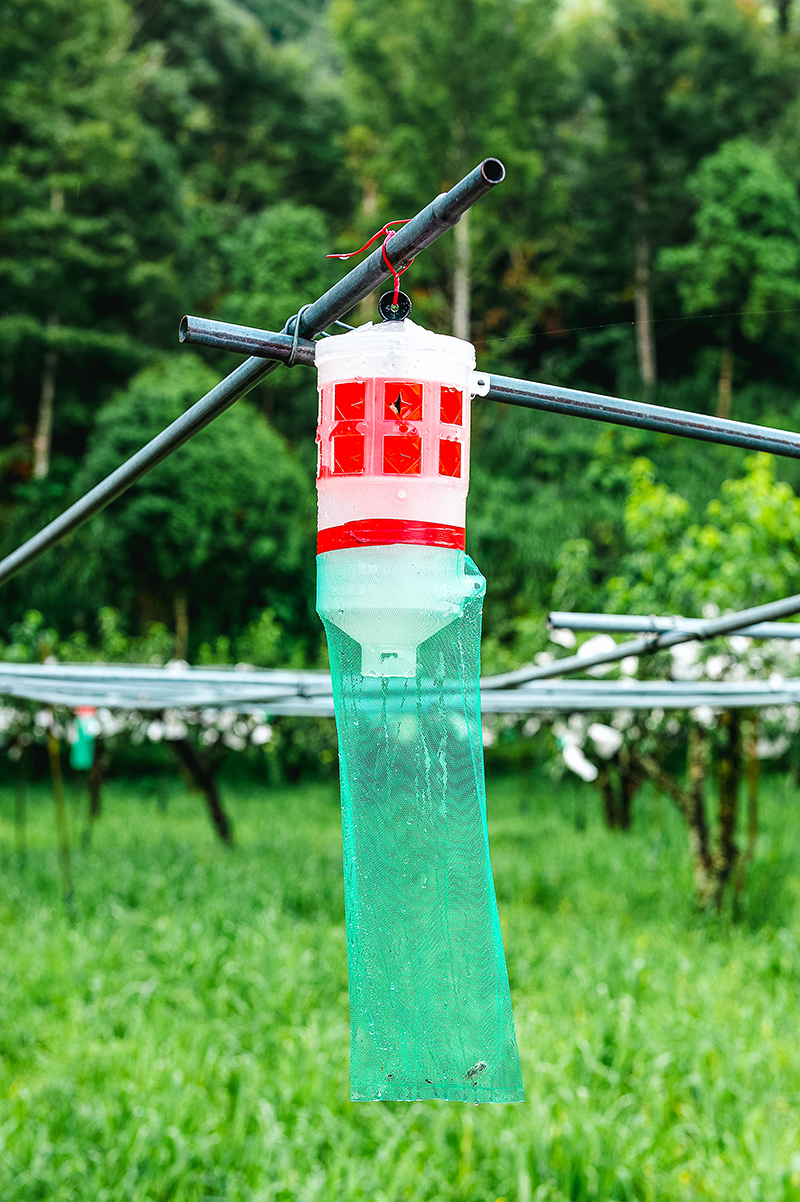
- Prevention:
- Fly paper can capture mall nocturnal moths.
- Place hormones, the love trap, inside PET bottles to capture small nocturnal moths.
- Capture by hand: when the nocturnal moth stops on a peach, quickly catch it by the wings to separate it from the peach forever.
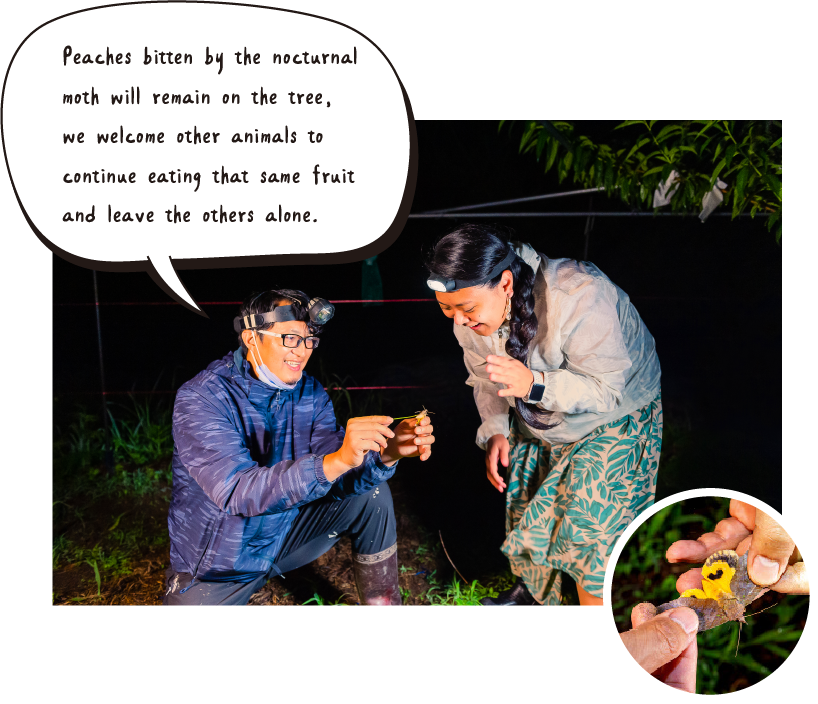


Peach harvest during July and August each year is the busy farming season at Smangus. First, remove the bag, hold the peach as if holding an egg, and gently turn the peach while carefully keeping the stem intact. If the stem comes off, bugs can easily get inside the fruit through the opening and shorten its shelf life. Put the peach back into the bag before putting it into the basket, just to prevent scratches on the peach.
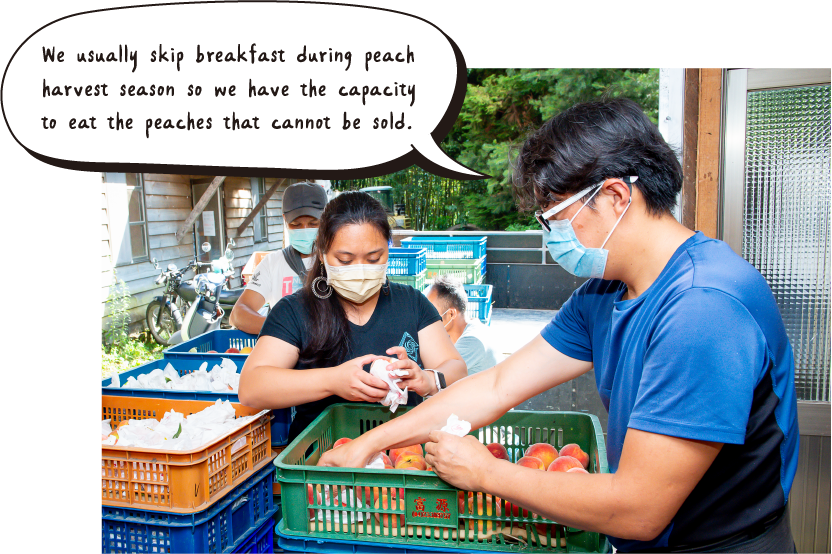
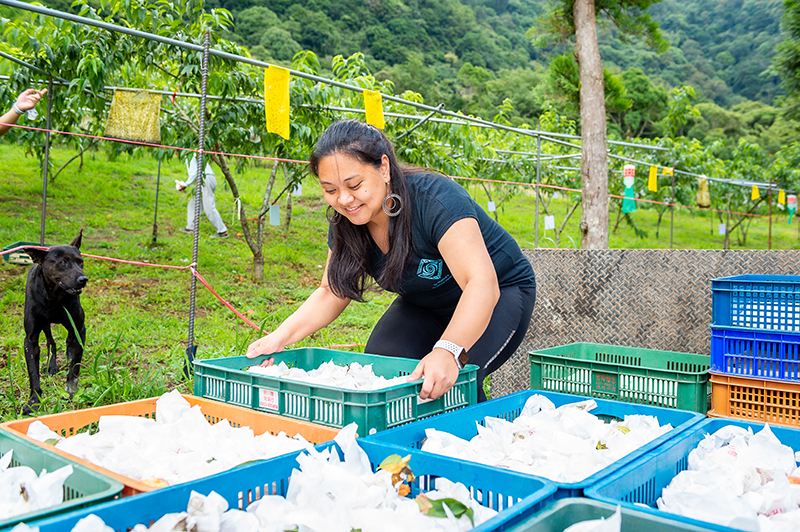

Remove the bag
↓
Sort and box according to weight
↓
Wrap the peach with a protective sleeve, make sure it is tight and stable
↓
Check the bottom again for blemishes, and stack the boxes accordingly
↓
Dispatch






